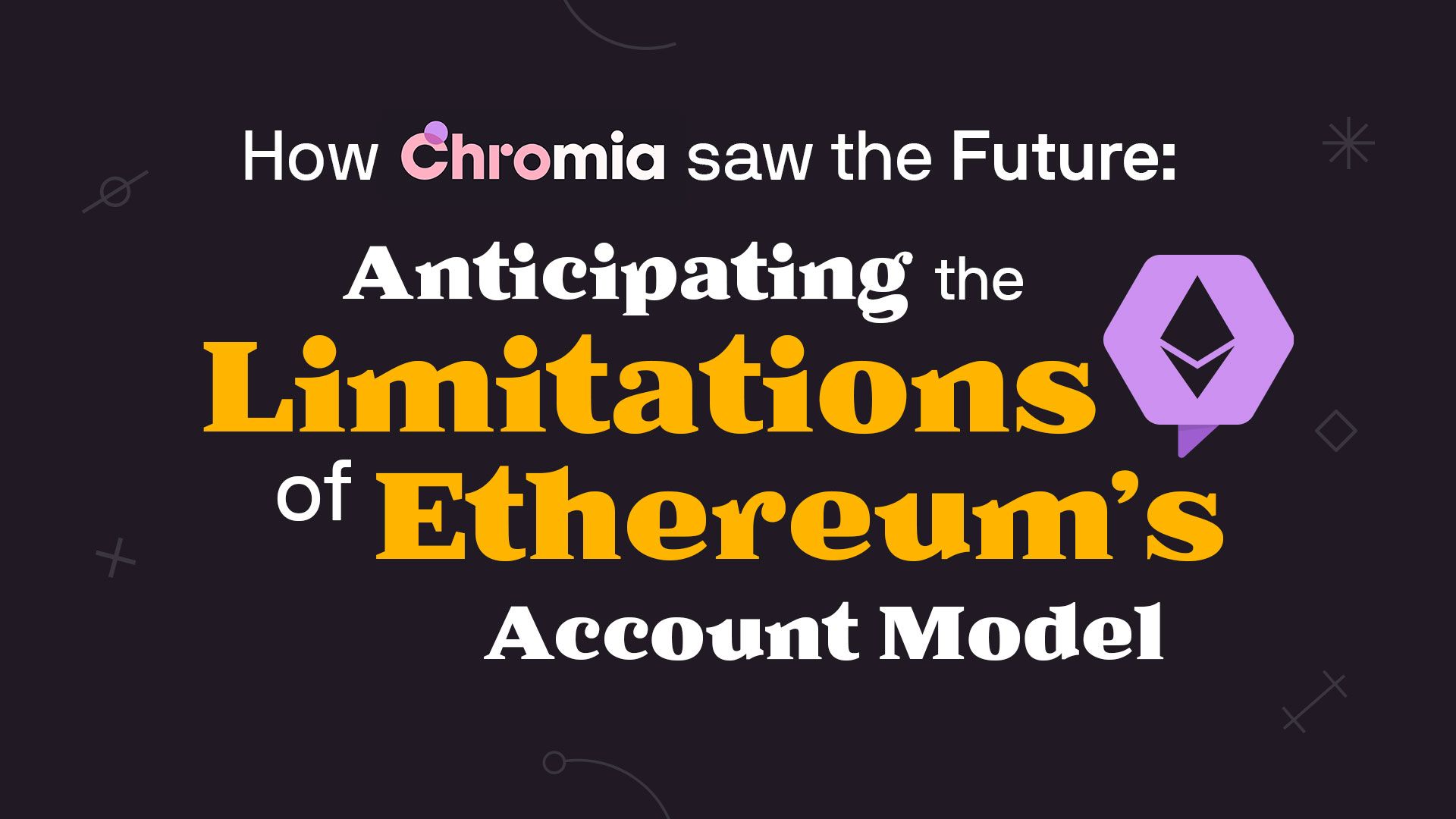Who Needs Account Abstraction when you can have First Class Dapps?
The term 'account abstraction' and Ethereum Improvement Proposal (EIP) 4337 have become increasingly popular in recent discussions surrounding Ethereum's account model limitations. Developers on Ethereum and other EVM platforms like Fantom are actively working to address these issues. However, Chromia foresaw these challenges and designed a unique solution from the outset: first class dApps.
Delving into Account Abstraction
To understand the significance of Chromia's approach, it's essential to examine the limitations of Ethereum's current design, which consists of two types of accounts: Externally Owned Accounts (EOAs) and Contract Accounts. This distinction creates constraints on developers' abilities to work with accounts and transactions. Account abstraction aims to tackle these limitations by enabling custom account logic, which allows for more flexible and innovative use cases.
Account abstraction has several practical applications, such as transforming wallets into smart contracts, facilitating transaction fee payment in ERC-20 tokens as well as Ethereum, and enhancing user experience with familiar Web2 login methods and social recovery options for dApps on platforms like Fantom.
The Chromia Advantage
Chromia's innovative design overcomes the limitations of Ethereum's account model by making dapps first-class entities from the very beginning. In this approach, each application on Chromia has its own dedicated blockchain, ensuring that fees are paid collectively by the dapp rather than burdening individual end-users. This strategy enables developers to create customized resource management policies, focusing on economically sustainable design without being hindered by technical constraints.
By eliminating resource metering overhead, Chromia empowers applications to perform faster and scale more effectively. Moreover, the first-class status of dapps on the platform allows seamless integration of token economics with fee models. Chromia's design also supports built-in mechanisms for governance and dApp updates, providing a robust foundation for developers and users alike.
Different from the Start
In an era where the blockchain industry is fiercely competitive and constantly evolving, Chromia has not only identified the limitations of Ethereum's account model but also pioneered a solution. While Ethereum and other EVM platforms are attempting to retroactively solve these problems by employing account abstraction, Chromia has already forged ahead in the aim of creating a more user-friendly, scalable, and adaptable platform that challenges the status quo.
Chromia's approach has the potential to disrupt the blockchain landscape, empowering developers and users to explore uncharted territories in decentralized applications. Its innovative design enables unprecedented levels of customization and flexibility, which could lead to an explosion of new use cases and applications, ultimately reshaping the future of blockchain technology.
Ultimately, Chromia's design may not only render account abstraction obsolete but also redefine what we expect from decentralized applications, pushing the boundaries of possibility and setting a new benchmark for other platforms to strive for.
About Chromia
Modern society runs on data, and every online service you’re using is built upon underlying databases - ranging from your online bank to music streaming and gaming. Chromia is a relational blockchain - a combination of a relational database and a blockchain - making it easy to develop user-friendly decentralized apps for almost any industry, including DeFi, NFTs, gaming, and more.
Website | Discord | Twitter | Telegram | Facebook | Instagram | Youtube
